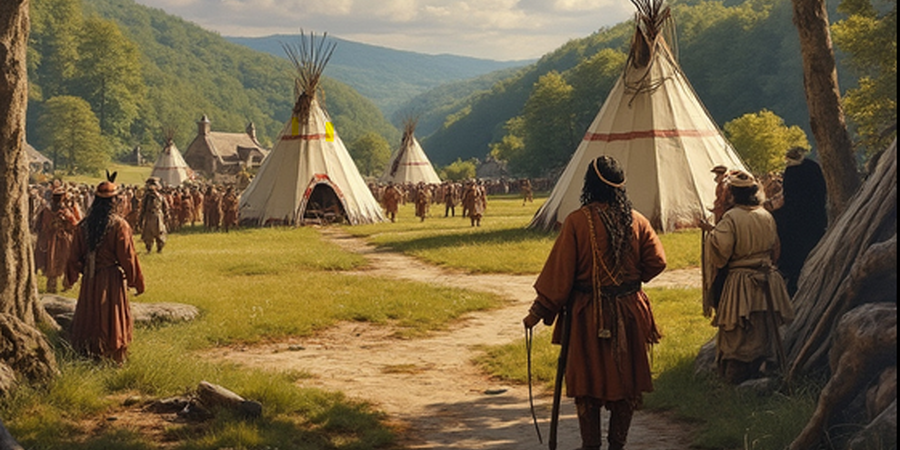OHIO STATE - Before European settlers arrived, the land that is now Ohio was a bustling hub of Native American life. Diverse tribes, each with their own unique culture and traditions, thrived in the fertile river valleys and forested landscapes. While their presence is often overshadowed in modern times, their legacy is deeply woven into the fabric of Ohio's history.
A Crossroads of Cultures
Ohio's central location made it a crossroads for various indigenous groups. Tribes from different language families and cultural backgrounds interacted, traded, and sometimes clashed in this region. Some of the most prominent groups included:
- The Shawnee: Known for their adaptability and skill as hunters and warriors, the Shawnee were widespread throughout Ohio. They often formed alliances with other tribes and played a significant role in resisting colonial expansion.
- The Miami: Occupying western Ohio, the Miami were skilled agriculturalists and traders. They cultivated vast fields of corn and established essential trade routes.
- The Wyandot (Huron): Located in northern Ohio, the Wyandot were a confederacy of Iroquoian-speaking tribes. They were known for their diplomacy and played a key role in intertribal relations.
- The Delaware (Lenape): Originally from the East Coast, the Delaware migrated to Ohio under pressure from European colonization. They were known for their peaceful nature and expertise in woodland survival.
- The Ottawa, Chippewa, and Potawatomi: These Algonquin-speaking tribes primarily resided in northern Ohio. They were skilled fishermen and hunters, known for their birchbark canoes and intricate beadwork.
The Iroquois Confederacy's Influence
While not residing directly in Ohio, the powerful Iroquois Confederacy, based in New York, exerted significant influence over the region. They often engaged in conflicts with Ohio tribes to control hunting grounds and trade routes.
The Impact of European Colonization
The arrival of European settlers in the 18th century brought drastic changes to Ohio. Disease, warfare, and forced removals devastated the indigenous populations. Many tribes were pushed westward or forced onto reservations. The Treaty of Greenville in 1795 marked a significant turning point, ceding much of Ohio to the United States government.
The Present Day
Despite the hardships they endured, the descendants of Ohio's original inhabitants continue to preserve their heritage. While there are no federally recognized tribes within Ohio today, many Native American organizations and communities actively work to keep their cultures alive and educate others about their history.
Ohio's history is inextricably linked to the indigenous peoples who first inhabited the land. Their influence is evident in the state's place names, its archaeological sites, and the enduring spirit of its Native American communities. Remembering and honoring their legacy is crucial to understanding the rich and complex history of Ohio.


